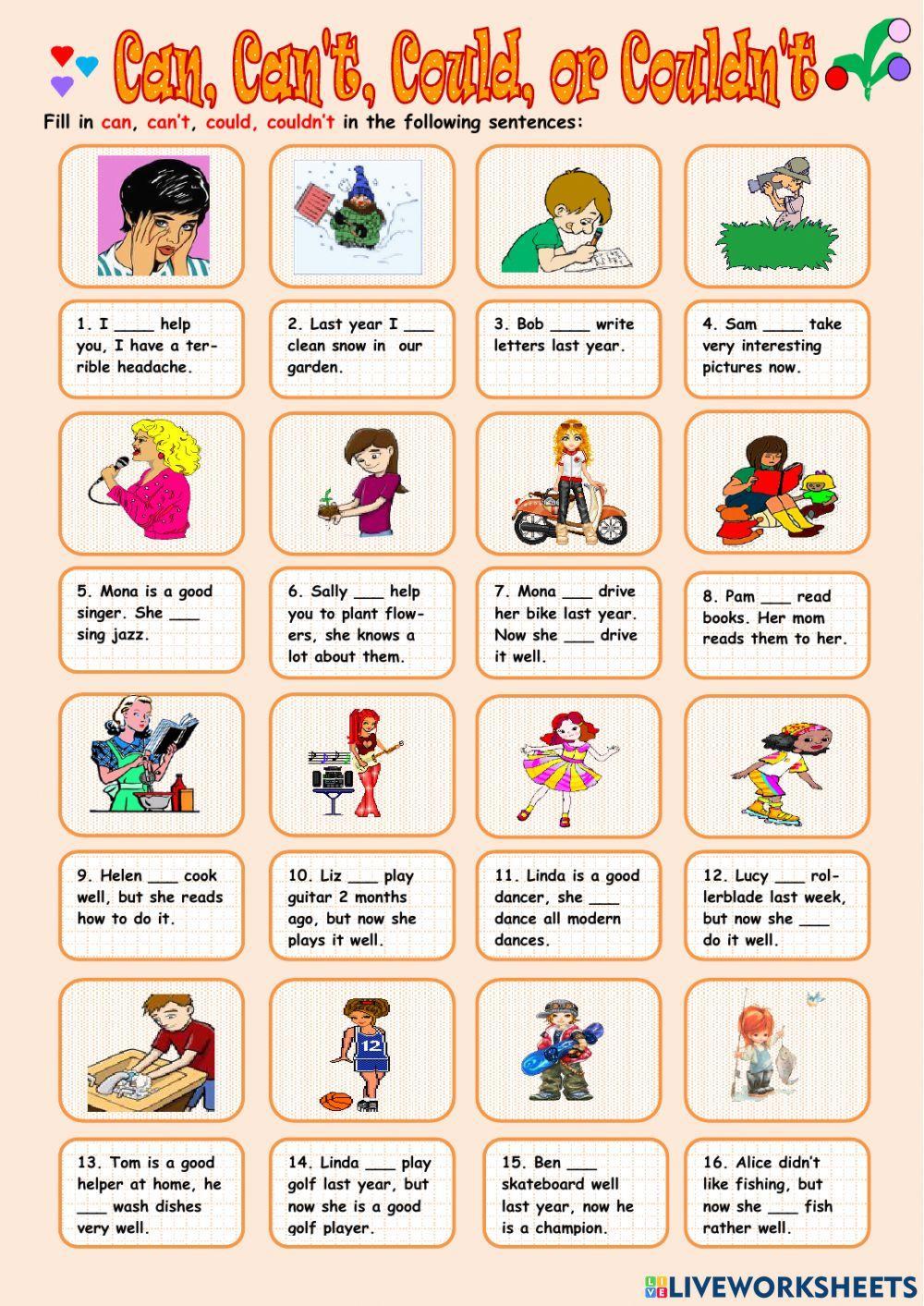Loading ad...
Member for
2 years 11 monthsAge: 8-12
Level: 3
Language: English
(en)
ID: 1387659
13/09/2021
Country code: VN
Country: Vietnam
Main content: Modal verbs (2012646)
Modal Verbs
Share / Print Worksheet
